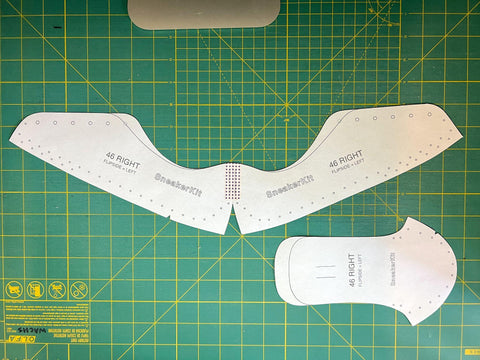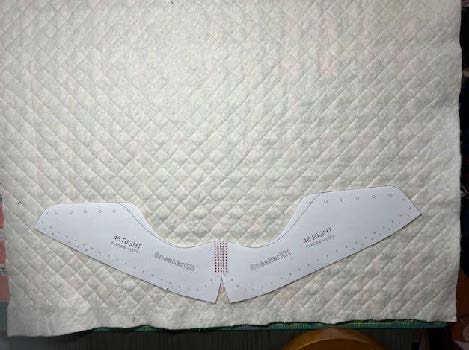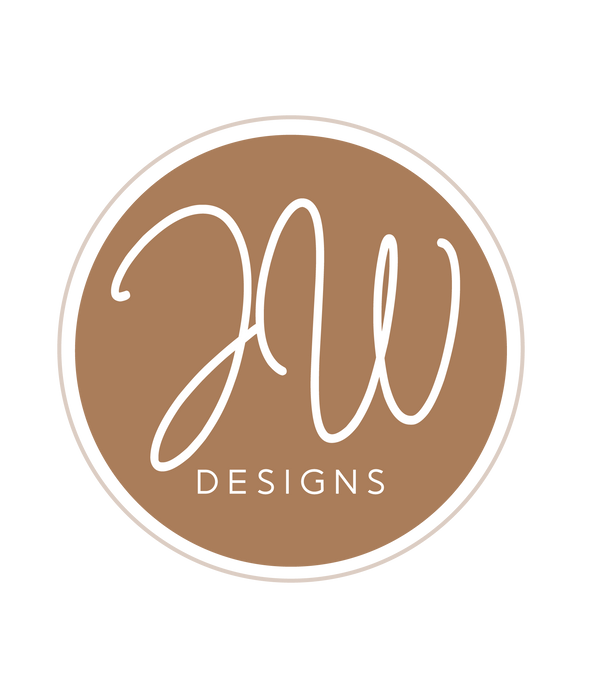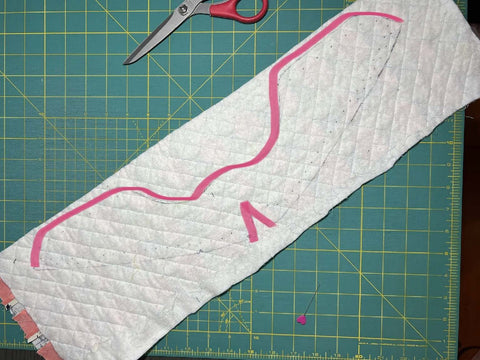I just finished my own pair of quilted sneakers and had so much fun with it, I thought I would put together a tutorial for anyone else interested in making their own pair! Use this form if you would like your own downloadable PDF copy! Note: This page contains affiliate links.
Supplies
- Sneaker Kit, available at the following shops
USA
EU
- Fabric scraps (about 1 yard total, generous estimate)
- Batting scraps
- Pattern you plan to use. I just used a printed fabric I really liked instead of piecing something. If you plan to piece, make sure it's really small so you can actually see the design!
- Shoelaces, available at the following shops and elsewhere online
- 5mm or 3/16” eyelets and eyelet tool. You can find the eyelet tool I recommend and use in my videos by following my affiliate link: Eyelet Tool Punch
- Sturdy needle
- Sneaker Kit pattern templates, available for free: https://www.sneakerkit.eu/c-3526931/patterns/
Note: My instructions will cover the Classic 3 in 1 pattern.
Important: To make a sneaker out of quilted fabric versus leather, we will need to do some extra steps. These steps will make sure that there are no raw edges.
The mini quilts will be made up of the quilt top and the batting only. The backing/lining will be sewn at a later step. The photos and instructions will describe this method, but see an alternate construction option below.
Option with bias tape: Create a quilt sandwich as normal and quilt the quilt top, batting, and backing/lining together. Cut the panel pieces from the finished quilt. Sew bias tape to the top edge of the panels and top stitch or serge the raw edges of the bottom of the panels and the V.
For my mini quilt, I used (432) 1.5" squares to make a simple grid pattern. I recommend using something on the smaller scale since the panel pieces are so small.
Use whatever quilting motif inspires you. I'm a straight-line quilting lover, so I'm using a simple crosshatch motif. Remember, the backing fabric should not be attached yet. You are only quilting the quilt top and the batting together. Once you have quilted the quilt top to the batting, proceed to the Panel Construction Steps below!
If you haven't printed your templates yet, they are available here. The sneaker pattern is scaled for A4 sized paper. If you are in Europe, print at 100% scale like normal and measure the 10 cm line. If you are in the US, I recommend printing the first page at 100% scale and measuring the 4 inch mark on the pattern. Do not skip this step! If your paper is too small, increase the scale by 1%. If the paper is too big, decrease the scale by 1%. Adjust until the bar measures exactly 4 inches. You can use the scrap paper to print another template (just mark an X on the incorrect side!)
Panel Construction Steps
1. Cut out the template pieces on the line for the type of shoe you want. I cut out on the middle line, but there are high- and low- tops available on the same template. Snip the notches. Tape the back of the side pieces together where indicated.

2. Next, place a template on the batting side of your quilted panel. Note: Using the right-side template will create a left-hand shoe panel. Trace the template directly on the batting with a marking tool (I used an Ultra Fine Sharpie). Be extra careful to not let the template move around while tracing. I recommend pinning or placing pattern weights on the panel template. There is not much margin for error. Note: in the photo below you will see marked dots. This is not necessary at this step since we will be marking the dots once the panels are complete.


3. Cut out the marked panels with a ½” - 1” margin. Place the panels RST with your lining/backing fabric and cut roughly to size. One FQ of backing fabric was enough for my panels.
4. Sew directly on your marked line at the top of the shoe panel (take your time!), and on the V made from taping the templates together, as shown in pink. Leave the remainder unsewn. Watch here
15. Fold the right and left edges over ¼” and press.

16. Fold the top and right edges over ¼” and press.

17. Fold in half and press.

18. Using the tongue template, cut through the parallel lines and mark the top of the lines on your completed tongue panel with a pencil, hera marker, or disappearing ink (don’t use permanent ink).


19. Sew the top and bottom edges of the tab in place, making sure to backstitch at the beginning and end of your stitches. Trim the loose threads.

Stitching the Panels Into the Sole and Finishing (all steps included in video)
The first video listed is one that I made and is in real time. I bookmarked key steps (see description for bookmarks). The second one is produced by SneakerKit and has some sped up portions. I suggest watching the SneakerKit video first to get a good idea of the process.
12 minute video made by SneakerKit
Congrats! Your sneakers are now ready to wear! I’d love to see a photo! Please share your finished sneakers with me by posting to Instagram (tag me @juliawachs.designs) or email me at julia@juliawachs.com.



5 comments
Ruth, I used 47" shoelaces for these shoes, and 42" for a prior pair.
How long are the shoelaces you used? I am making a pair soon!!
Really interested to see how this turns out.
So excited about making these shoes!! I’m wondering if using a canvas (like something from
Art Gallery fabrics) will be too thick, I’d like them to last awhile. What do you think? Thanks for hosting this great idea.
Hi Julia,
I would love to make some sneakers and am wondering if you know if any of the Sneaker kits are on the wide side. I wear an 8 wide.
Thank you,
Paula